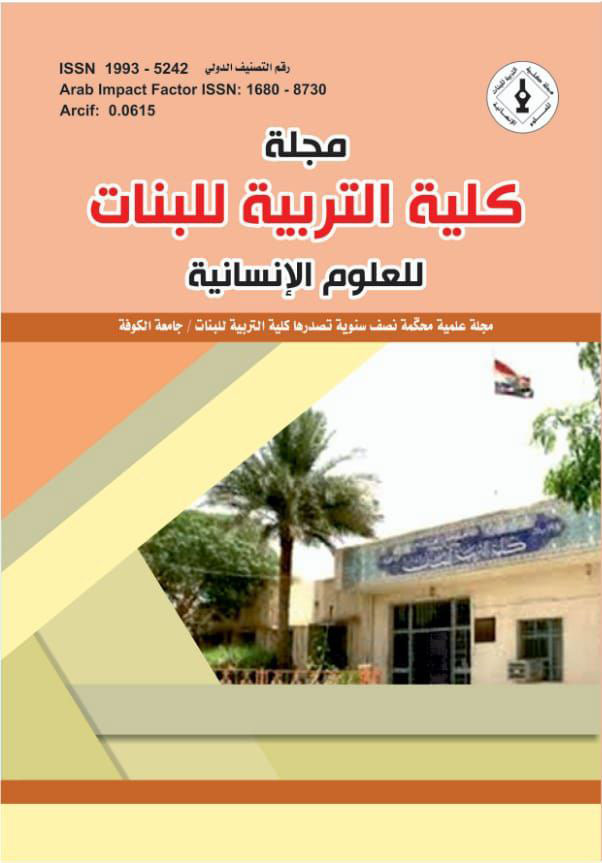Aleppo's scientific houses and their cultural contributions from the fifth century until the tenth century AH
DOI:
https://doi.org/10.36327/ewjh.v2i27.11473Keywords:
Aleppo, the fifth century, the tenth centuryAbstract
The scientific houses of Aleppo were one of the most important pillars on which the edifice of the Arab Islamic civilization was based during the centuries over the course of the study, As these houses gave birth to the best Islamic scholars who descended from the core of one grandfather, and left behind them their glowing cultural footprints in the various Islamic cities, by providing these houses with the administration institutions with the best administrators who were characterized by integrity and sincerity in dealing, in addition to what they possessed of high efficiency and experience in this field, These houses also supported the institution of the Islamic judiciary with just and resolute judges, while the battlefields were not without their brave people who carried their swords against the enemies of Islam, They carried their swords against the enemies of Islam, and the men of Aleppo's scientific houses also ascended the scientific platforms in Islamic countries, as well as their other contributions to the economic and social life in some Islamic countries.
The Aleppian scholarly houses that were chosen as models reflecting the civilized role at the time are: the house of Ibn al-Atheer al-Halabi, the house of Professor Abdullah al-Halabi, the house of al-Shehab Mahmoud al-Halabi, the house of Ibn al-Ajami al-Halabi, the house of Ibn al-Adim, the house of al Sharaf Abi al-Maali, and the house Ibn Al-Wazzan Al-Halabi, and the House of Yusef Al-Abyad Al-Halabi. Then the study ended its journey by diagnosing the most important results that it reached.
Downloads
Published
How to Cite
Issue
Section
License
Copyright (c) 2023 Ahmed Ali; Dr. Riad Salim Awad

This work is licensed under a Creative Commons Attribution 4.0 International License.
which allows users to copy, create extracts, abstracts, and new works from the Article, alter and revise the Article, and make commercial use of the Article (including reuse and/or resale of the Article by commercial entities), provided the user gives appropriate credit (with a link to the formal publication through the relevant DOI), provides a link to the license, indicates if changes were made and the licensor is not represented as endorsing the use made of the work.









